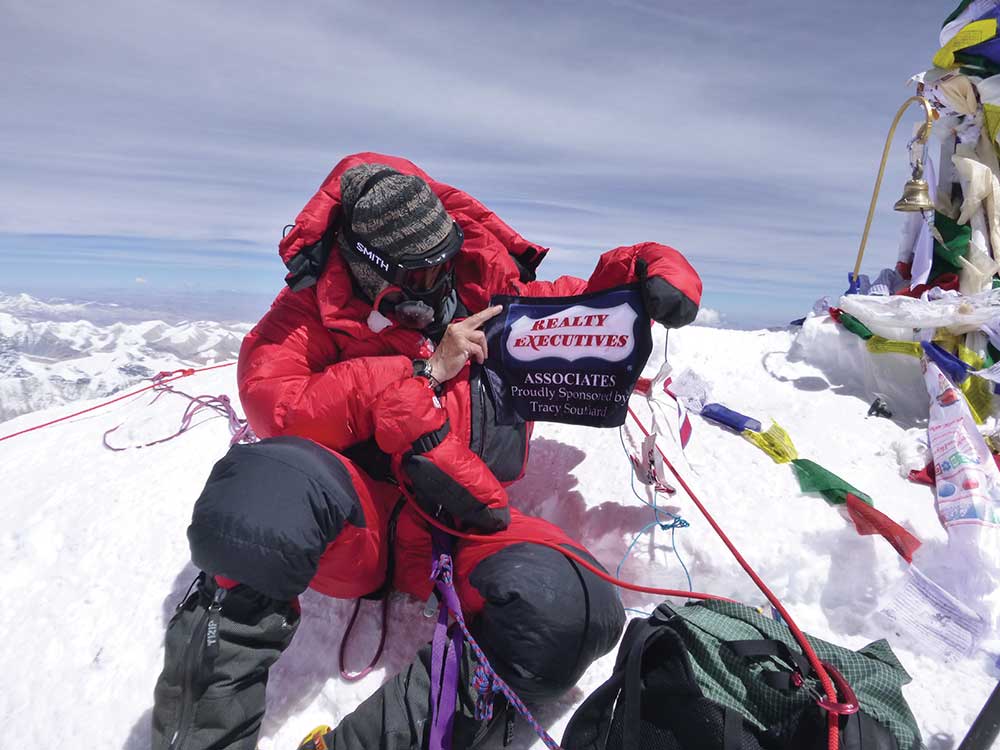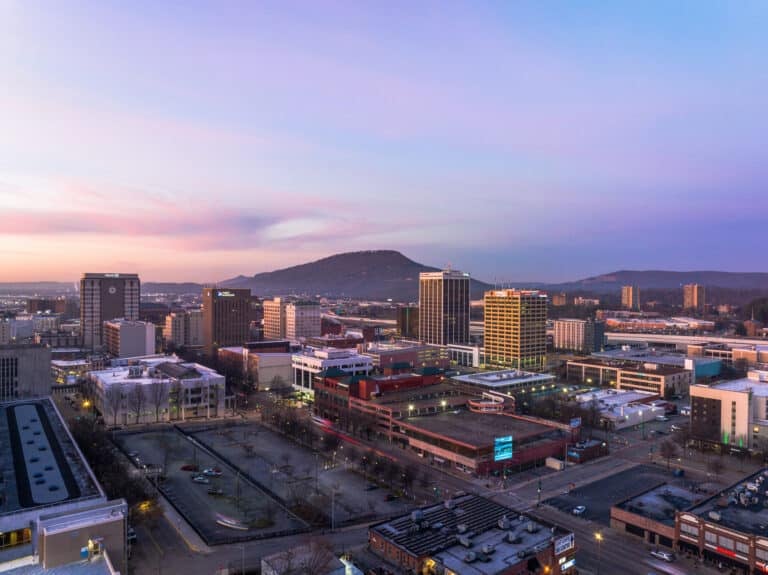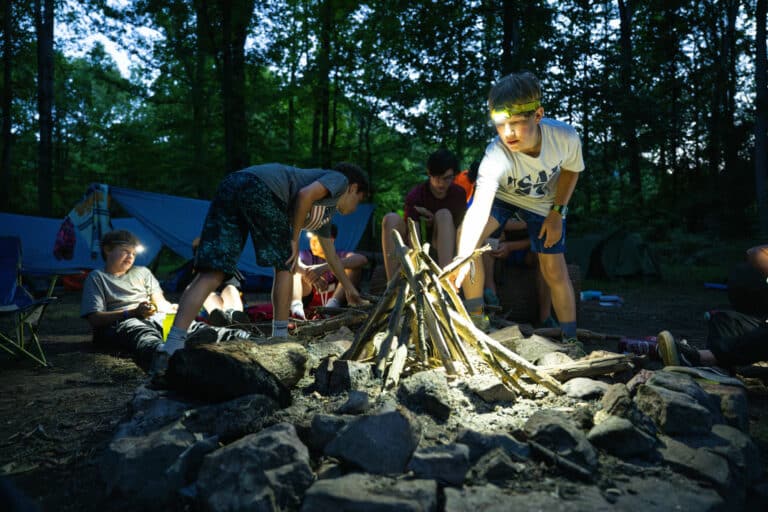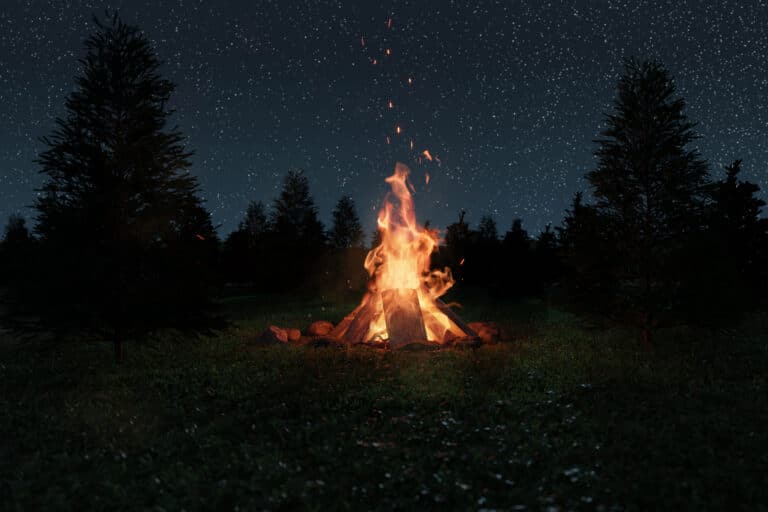Knoxville’s first climbers to summit Everest help save a Sherpa along the way
Ang Dawa Sherpa peeked his head into our tent and nodded. “Go time” caught me off guard. I was at Camp 4 with my friend Neal Kushwaha and our sherpas—Sange and Dawa—hoping to become the first Knoxvillean to summit Everest.
My thoughts went back to two days before on our way up the Lhotse Face. An errant oxygen bottle came soaring down the string of climbers above and missed us by about fifteen feet. Moments later, the mountain itself stirred, sloughing an avalanche of rock from her shoulders. Two other nearby sherpas were hit: one had only superficial injuries, while the other semi-conscious sherpa bled profusely from a gaping head wound. I walked one sherpa to a safe place out of the fall line of rock while Sange and Neal tended to the stricken one.
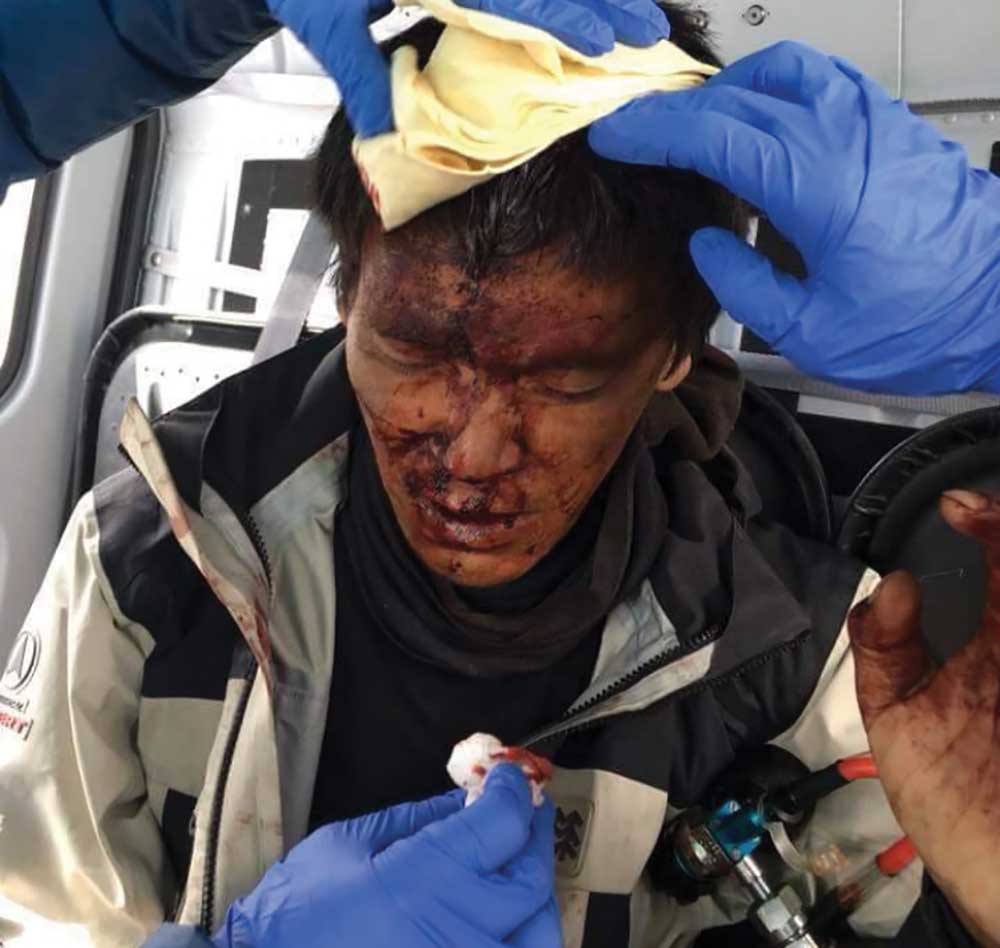
Neal laid him gently down in the soft snow low on the ice face. There was significant trauma. I rummaged through his backpack for some type of bandage to stave the bleeding from his head wound. His skull was cracked open like an egg. Our patient did not know his name or any of his team, who were nowhere to be found. Neal and Sange worked the radio, imploring our base camp manager to organize some type of evacuation. Surprisingly, there was reluctance to expend any resource for the sherpa, given he had no rescue insurance. Already, we had seen half a dozen climbers pass by, unwilling to forfeit valuable summit push time. All I could think to do was have him sit upright while applying pressure from several pairs of socks to his skull.
After an hour on the radio, our basecamp manager had managed to cajole a helicopter, but it would require dropping the sherpa several hundred feet down the mountain. This meant sacrificing valuable altitude and energy. Neal and Sange never hesitated. They carried the sherpa to an evacuation spot, knowing that it meant they may not be able to summit Everest after weeks of grueling effort.
After the helicopter arrived, Neal and Sange climbed back up to my position. Our team had lost precious time, but together we resumed jugging up one of earth’s highest walls on the afternoon of May 21. It was super late in the season for Everest summits. The majority of the mountain’s climbers had already descended. Precious daylight faded as we gained the most technical portion of Earth’s highest peak in the dark. Hard cold settled into my bones, and I felt the first nips of frostbite. It was 10 p.m. when I collapsed into a tent at the upper end of Camp 3 and guzzled my first sips of bottled oxygen. Neal and I drifted into a somnambulant rhythm of air flowing through valves and hoses into this foreign, rubber death mask. It was good to lie down on our pillows of steel hard ice.
Bluebird skies greeted us the next morning and we were re-energized. But then a sad reminder of mortality greeted us as we passed a climber patiently lowering his dead friend down the mountain in a plastic sled. He had succumbed to altitude just above us at 25,000 feet.
For the first time in a month, I felt alone, even with Neal and two sherpas ahead. On the flanks of Everest, I peered skyward to a blank snow face where clouds and wind were settling in. By the time we reached Camp 4, I had all but abandoned the idea of summiting. The sun was but a scattering of orange slivers whose fingertips were barely clinging to this nether land on the boundary of Tibet and death. It was too late for a summit push, so we had to survive the night in a makeshift teepee with buckshot holes at 26,000 feet. It was a fitful and gusty evening.
When the weather calmed early the next morning, we began ascending. We were still hours from the summit. Focus was escaping me at points. Nodding off on the rope was dangerous. Several of my toes were no longer viable. Like being at the wheel on an overnight drive, I slapped my legs and pressed onward. From this point there would be no more sleeping. I was miserable, freezing and uncertain. The steady wind beat my frozen face. From a blanket of cloud emerged a sliver of dawn light. It was twenty below zero.
I knew my toes were frostbitten. These were unretractable life decision points; niggling moments of discretion or valor. That damned nascent light magnetized Everest, so I decided to press on. The sun crested the mountains, and my face soaked up its warmth.
But the light soon gave way to darkening clouds. Lightning was streaking the sky around us on a prominence known as the Balcony. I squeezed an energy gel into my mouth from the side of the oxygen mask which had now rubbed my face raw to the point of bleeding. We switched oxygen tanks and proceeded upward. “We only have one hour,” my sherpa, Dawa yelled. “One hour.”
Exactly one hour later, Dawa and I made the final steps to the summit, and I collapsed below a small brass statue. Prayer flags snapped crisply. We were the only humans on top of Mount Everest. It was just us, the wind, and this expansive earthscape. Our 45 minutes on top of the world passed like the snow blowing off this exposed summit. Soon, Dawa was goading me off the Earth’s ceiling.
During our long descent, I stumbled frequently. For the first time on this expedition, I could see Dawa tiring, too. Night was enfolding the Himalayas again, and I fell once more. I remember thinking that I could just lie contentedly right here on the snow. Just a few winks and all would be fine. Then I slapped myself and kept moving, wondering how many climbers had permanently succumbed to that very temptation.
We descended on the last night of summits in 2018. Only six other humans departed that evening before the mountain closed her doors for the year. I spilled back into camp that night, removed boots, and examined my waxy, frostbitten toes.
The next day, we limped back into basecamp, where we were greeted by a brother of the sherpa we had assisted. He was anxiously anticipating our arrival at the base of the icefall to let us know that the sherpa, Cherring Dorje, had survived. He expressed his family’s gratitude with the offer of a Coca-Cola for the four of us.
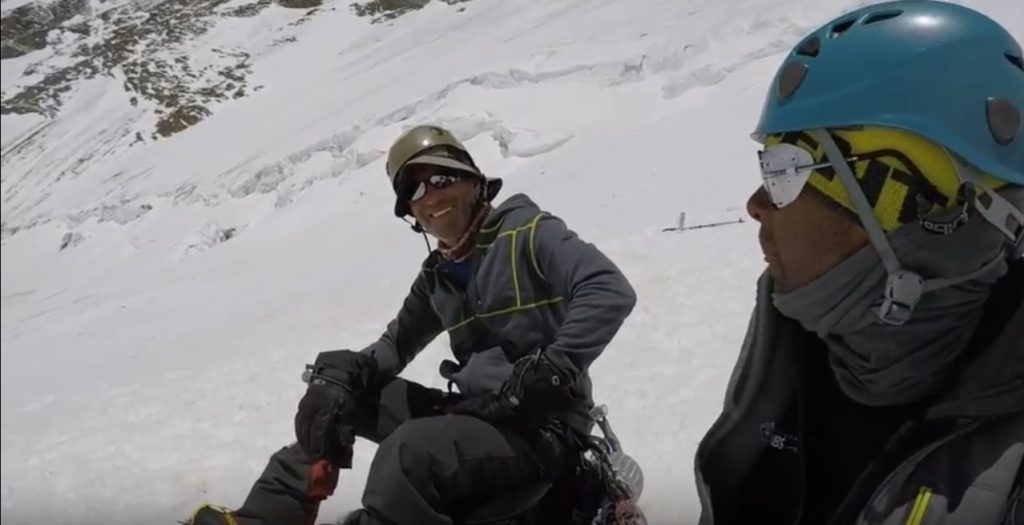
My frostbitten toes eventually healed, but my heart was permanently swollen. The mountain—and my team—dispatched me with blessings untold. Still today, from my comfortable life in Knoxville, I relish each morning with the rising sun and steam from a hot cup of gratitude. When lightning streaks a clear, black sky and storms rumble in from on high, I reach into a back pocket filled with dream dust and scatter some for the coming 24, remindful, reverent, and humble.
